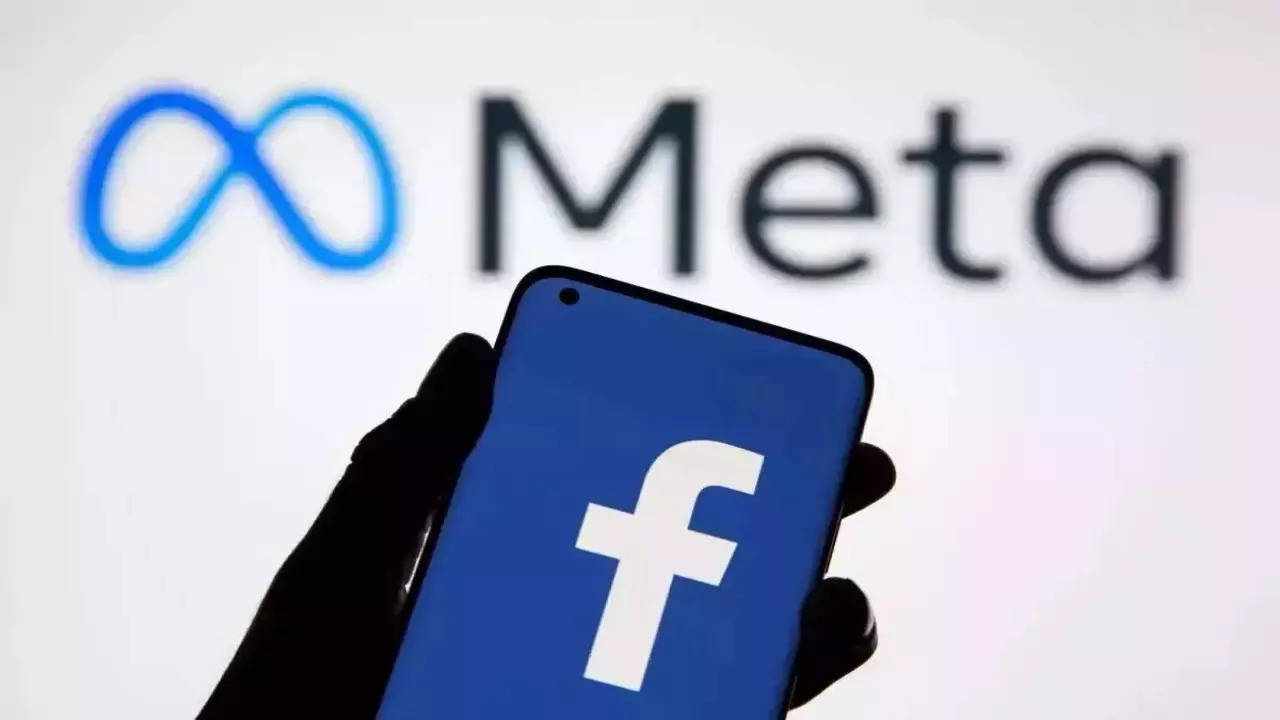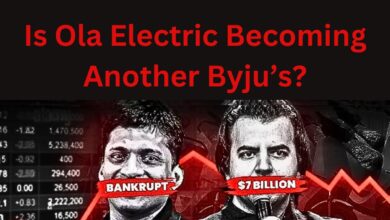Meta Has Paused The Reels Bonus Program As It Develops A New Ad Revenue Share Structure.
US-based Instagram and Facebook creators will be impacted by the halt. Over the following 30 days, any continuing Reels benefits that a creator has signed up for will be fulfilled.

The firm said that it is stopping its Reels Play bonus program in the US to concentrate on a revenue share structure as part of the rethinking of its short-form content monetization strategy. “Meta will halt its US Reels Play bonus program, which gave authors a monthly payment in exchange for a certain number of views on their Reels.
The halt will impact US-based Instagram and Facebook creators. Over the following 30 days, any continuing Reels benefits that a creator has signed up for will be fulfilled.
The decision shouldn’t be shocking given the challenges all platforms have had in developing fruitful short-form monetization efforts. Due to the lack of in-stream advertisements, short-form content is always more difficult to monetize, making it impossible to fully attribute ad performance to a creator or their work. Most platforms currently rely on creator fund programs, but that approach has the disadvantage that when more artists sign up, the fund size tends to stagnate, reducing the overall share of each member.
The result is the opposite of how monetization systems should function when artists get paid less even while their works are more successful. Also, because incentives vary, it is challenging for artists to forecast their monthly income from their labor. YouTube changed to a new revenue-sharing system for shorts as a result, but the results have been erratic so far.
TikTok is developing new revenue-sharing models with video subscription services like “Series,” which allow content creators to paywall longer form content. I haven’t blogged here in a long.
Tom Alison, the head of Facebook, gave a basic summary of the company’s initiatives in this area earlier this week: Over the years, we’ve developed one of the most comprehensive monetization options of any creator app so that artists may get paid in the ways that make the most sense for them. We’re concentrating on modifying and improving these tools for short-form videos this year. To assist more artists in generating ad money for their Reels and promote virtual giving via stars on Reels, we will keep increasing our testing for Facebook Reels advertisements.
Virtual gifts and creator subscriptions are useful additional monetization options, but Meta is aware that if it wants to maintain the best talent contributing to its applications, it must at the very least equal YouTube’s income models.
YouTube’s greatest major benefit in this respect is its immensely successful Partner Program, which pays artists billions of dollars each year based on ad placement inside lengthier video samples. Even though the Shorts income mechanism is not yet at the same level as the main YouTube channel, YouTubers may continue to use Shorts to direct people back to their main YouTube channel. This combination now offers the greatest total earning potential for producers.
As Alison points out, Facebook and Instagram also offer good income possibilities, but they still need to put similar systems in place. Reel monetization is still a long way from becoming a lucrative, practical route for such. It presents the problem. Creator funds are fine as a starting point, but the systems need to improve, and now, Meta is putting the burden on its teams to come up with a better way to replace that process. It will be intriguing to observe how the business develops as it works to create its substitute.
Amid the crypto collapse, Meta says goodbye to NFTs on Facebook and Instagram.
Due to the collapse of the cryptocurrency market, Meta Platforms Inc., the social media juggernaut once known as Facebook, is halting support for non-fungible tokens (NFTs) on its platforms less than a year after its founding. In a tweet posted on Monday, Meta’s head of fintech Stephane Kasriel stated, “We’re closing down digital collectibles (NFTs) for the time being to focus on alternative approaches to help creators, people, and businesses.
Last year, when the cryptocurrency asset had skyrocketed in popularity and sales of anything from cartoon apes to video snippets had reached billions of dollars, Meta enabled support for authors to distribute NFTs on Instagram and Facebook. Nevertheless, after the major exchange FTX collapsed overnight in late 2022, bitcoin and other tokens saw a sharp decline. Three U.S. banks failed last week, two of which were heavily invested in cryptocurrencies, which worsened the situation.
“We’ll keep making investments in the fintech technologies that consumers and companies will require in the future. We’re investing in messaging payments across Meta and simplifying payments using Meta Pay, which also simplifies checkout and payouts. Moreover, Kasriel stated that the company will keep working to expand the platform’s opportunities for creators.
Creating chances for artists and companies to engage with their followers and monetize remains a goal, and we’re going to focus on areas where we can have an effect at scale, like messaging and monetization opportunities for Reels, he stated in his tweet.
Is Meta facing financial troubles?
In the formal email, Zuckerberg claimed that Meta is experiencing financial difficulties and that the firm intends to manage resources wisely to grow operations and produce better outcomes. Before 2022, Meta experienced rapid expansion, but the firm struggled financially as a result of its slowing growth and rising competition.
“By generating sustainable financial outcomes that make us a desirable company to work for and invest in, we will be better equipped to operate our business and have the resources and assurance we need to realize our long-term goals. Throughout most of our existence, we had year after year tremendous revenue growth and had the means to make several new product investments.
Yet the previous year served as a sobering reminder. Our growth significantly slowed as the global economy shifted and competitive challenges increased. Budgets were cut, our real estate footprint was reduced, and we had to make the terrible choice to let 13% of our staff go he says.
Meta fires 10,000 more workers.
Another round of layoffs will be announced by Meta in 2023. The business let go of as many as 11,000 people the previous year, and it is already preparing to let go of another 10,000. The most recent layoff information was released by Meta in a blog post, and the tech company also expressed regret for its most recent choice. Mark Zuckerberg, CEO of Meta, also stated that business groups will be impacted in late May, while tech groups will undergo reorganization and layoffs in late April.
“During the next few months, organizational executives will offer reorganization ideas that would flatten our organizations, discontinue less critical programs, and reduce our hiring rates.” As a consequence of fewer appointments, I’ve had to make the difficult decision to reduce our recruitment personnel even further. He wrote in an email to dismissed Meta employees, “We will notify members of the recruitment team whether they are affected tomorrow.”
Meta intends to begin new firings after the phase of layoffs is through.
Many people might be surprised by this given how many employees the tech business is firing. Meta laid off 11,000 workers in the last several months, and it will lay off another 10,000 in the upcoming months. In the email, Zuckerberg made it clear that Meta would lift its hiring and transfer freezes once it had finished with layoffs.
“We intend to lift the hiring and transfer freezes in each group following the restructure. Additional pertinent time frames for efficiency include finishing our analysis from our hybrid work year of learning this summer so we may improve our distributed work model. We also hope to continuously improve processes and developer efficiency throughout the year.




